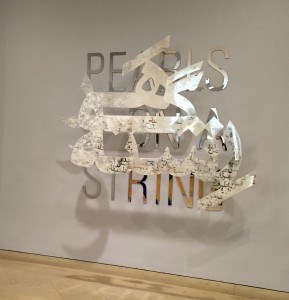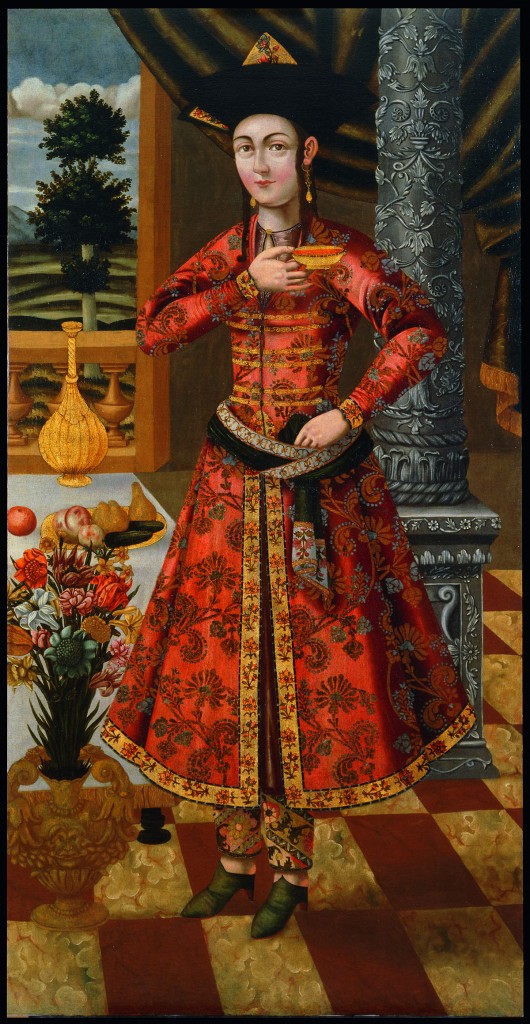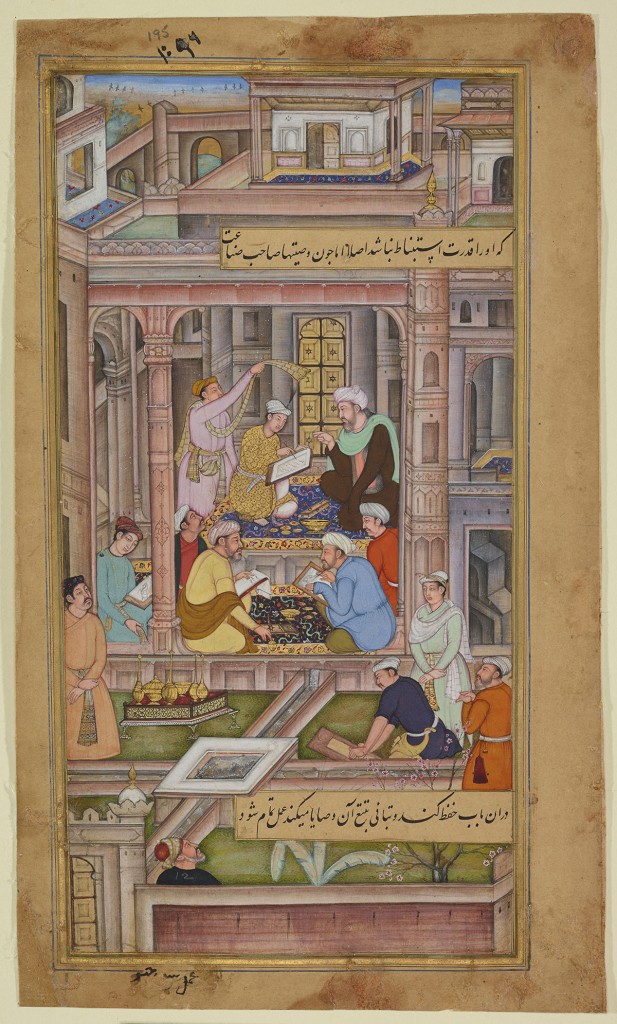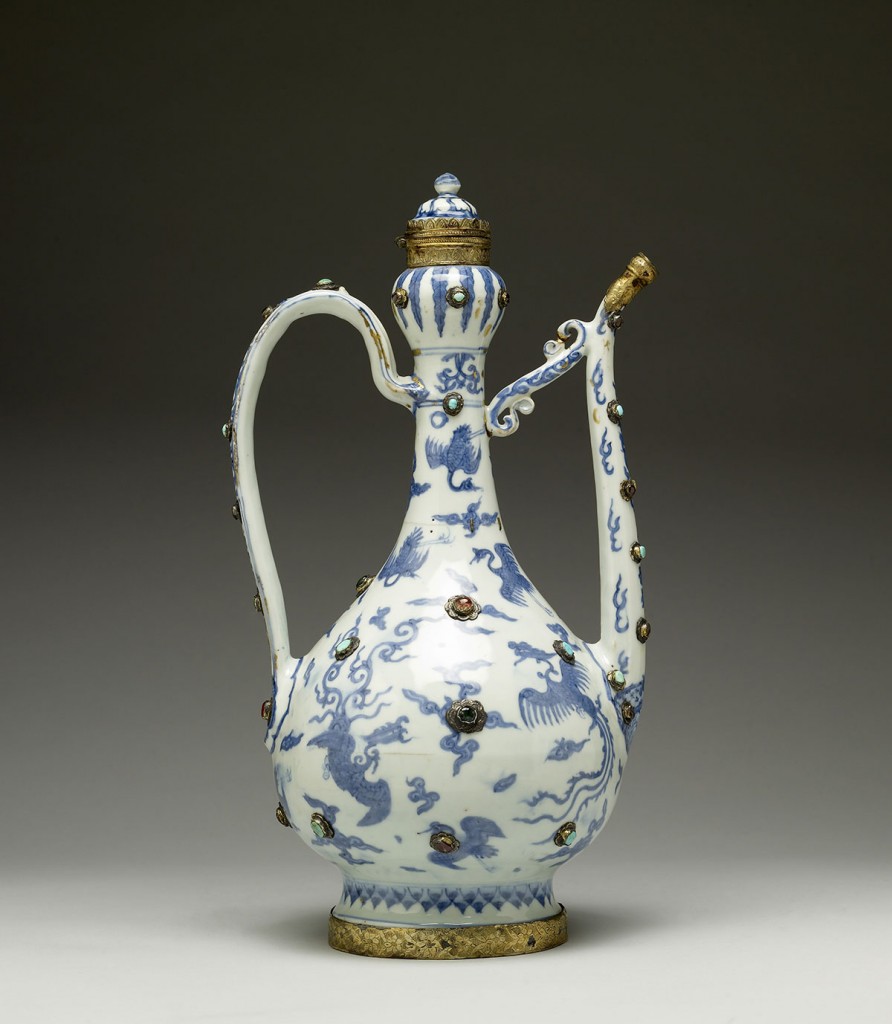
“Pearls on a string is a metaphor for pieces of a collection,” says Amy Landau, associate curator of Islamic and South Asian art for the Walters Art Museum. With this metaphor in mind, Landau has curated and organized the new exhibition opening at the Walters this Sunday, “Pearls on a String: Artists, Patrons, and Poets at the Great Islamic Courts.” Landau’s unique exhibition puts a microscope on three historic Islamic tastemakers—the writer, the painter and the patron.
Most exhibitions about Asian art tend to focus on the thematic standards, but never the characters within the Persian rugs, gold leaf scrolls and those that may have commissioned the opulent objects. This multimedia exhibition—that combines writer, painting, objects and music—introduces (or reintroduces) us to the forgotten creators behind the great works. It strives to give names to the faces and understanding to the calligraphy.
“Pearls” spans from the 16th century to the 18th century and across three Islamic courts in India, Iran and Turkey, and features more than 100 works, roughly a third from Henry Walters’ personal collection—one of the largest in North America. Through three different vignettes, you are immersed in the past. Abu’l Fazl, the first historic character you meet, is a passionate 16th-century writer who wrote about his place in time and what it was like being an insider in the court of Akbar, the third Mughal emperor in India. You experience his words through the calligraphy within the golden books on display, and also via the paintings from artists who were inspired by his words. The second vignette presents the work of Muhammad Zaman—a 17th-century imperial painter in the court of Safavid ruler Shah Sulayman —whose style greatly influenced European art. The final vignette is filled with ceramics, statues, textiles and more, all commissioned by the forgotten Ottoman ruler, Sultan Mahmud I, including a multi-purpose bejeweled rifle you have to see to believe.
The decadently ornate detail within some of the pieces in Mahmud I’s collection illustrates what Zaman and the Fazl were each trying to do: be remembered.
[tie_slideshow]
[tie_slide]

[/tie_slide]
[tie_slide]

Photo courtesy of The Walters.
[/tie_slide]
[tie_slide]

Photo courtesy of The Walters.
[/tie_slide]
[/tie_slideshow]
This free exhibition was organized by the Walters Art Museum in partnership with the Asian Art Museum in San Francisco. It will be on view Nov. 8 through January 31.




